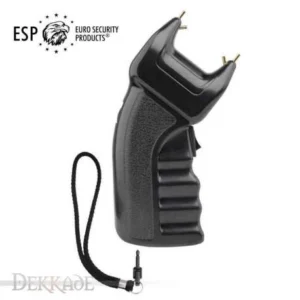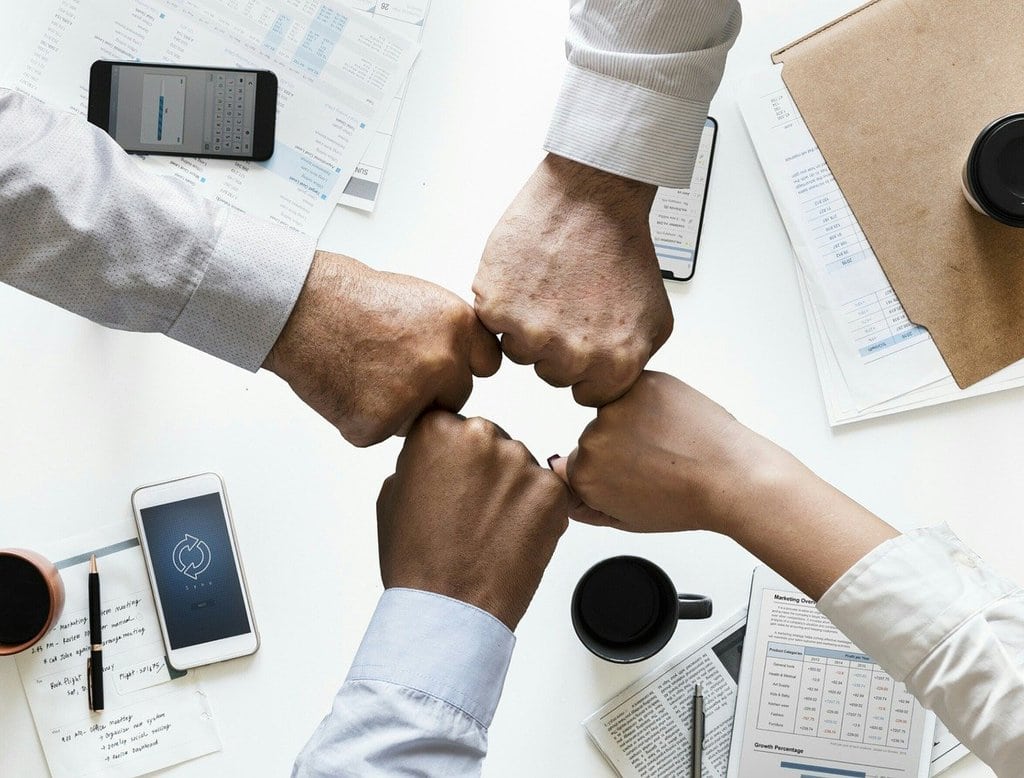The Importance of Accuracy in Legal Document Translation
In the realm of international law, business, and governance, the translation of legal documents plays an essential role in maintaining order, transparency, and mutual understanding. These documents — from contracts and affidavits to court rulings and patents — carry heavy consequences. A single mistranslation can lead to misinterpretations, legal disputes, or even the invalidation of an agreement. In this context, precision is not optional. It is absolutely vital.
Legal language is complex and highly structured. It is filled with nuanced terminology, references to jurisdiction-specific frameworks, and formulations designed to avoid ambiguity. When translating such texts from one language to another, the translator must not only be bilingual but also bi-juridical — familiar with the legal systems, cultures, and terminologies of both source and target languages. This level of expertise is what separates professional legal translation from general translation work.
An inaccurate legal translation can have dramatic consequences. Consider the case of a poorly translated contract clause. A single misused verb tense or misinterpreted legal term can shift the responsibilities of a party, render a clause unenforceable, or cause a breach of agreement. In litigation scenarios, mistranslations of witness statements or evidence can compromise the integrity of the trial. And in immigration matters, incorrect translations of personal declarations or status documents can delay or derail an application entirely.

To address these challenges, many individuals and institutions rely on specialized agencies such as www.traduscript.com. These services offer more than just linguistic translation. They ensure accuracy through certified professionals with legal training, dedicated quality control, and a strong understanding of jurisdiction-specific document requirements. Working with a trusted agency helps guarantee that the translation will be accepted by courts, embassies, universities, and governmental bodies without issue.
Certified legal translators are often required to sign a statement of accuracy and attach their credentials to the document. This certification is crucial when submitting documents to courts, immigration authorities, or international arbitration centers. Without it, even a perfectly translated document may be rejected due to lack of formality or validation.
Beyond linguistic fidelity, formatting is another critical concern in legal translation. Legal documents often follow specific layouts or structures mandated by law or administrative tradition. Failing to preserve these elements — pagination, clause numbering, headers, footnotes — can lead to confusion or, in some cases, the invalidation of the document. A professional legal translator knows how to replicate not just the content but the form.
Confidentiality is yet another pillar of professional legal translation. Legal documents typically contain sensitive personal or corporate information. Certified legal translators and agencies operate under strict confidentiality agreements and professional codes of conduct. Any breach could have legal implications, particularly in high-stakes corporate mergers or criminal defense cases.
Multilingual legal environments also pose unique challenges. Take the European Union, where legislation must be accurately translated into 24 official languages, each with equal legal weight. A mistranslation in one language can create legal discrepancies across member states. This example underscores the importance of precise, harmonized legal translations in a global context.
Technology, while helpful, cannot replace human expertise in legal translation. Machine translation tools like Google Translate or AI-driven engines can assist with terminology suggestions or draft versions, but they lack the legal reasoning and contextual interpretation necessary for accurate results. Only a trained legal translator can ensure that the intent, scope, and effect of a document are preserved.
Additionally, terminology databases and translation memories (TM) are widely used in legal translation for consistency. These tools help translators maintain coherence across large volumes of similar documents — contracts, legal disclaimers, policies — by storing previous translations of specific phrases or terms. However, they must be used judiciously and always double-checked to account for context and document-specific nuances.
A growing number of law firms, corporations, and government bodies are implementing multilingual compliance programs. These initiatives ensure that all legal obligations — from employee rights to privacy policies — are properly communicated across jurisdictions. Legal translation is a cornerstone of such programs, helping prevent liability and build trust with stakeholders.
International business deals also depend on the flawless translation of contracts, intellectual property rights, tax agreements, and incorporation documents. A legal translation error in a non-disclosure agreement, for instance, could expose a company’s proprietary technology or client information. Clear, precise translation protects the legal and financial integrity of global partnerships.
Training and certification of legal translators are key to maintaining high standards in the industry. Recognized programs such as those provided by the American Translators Association (ATA), Institute of Translation and Interpreting (ITI), or national court interpreter certification bodies ensure that professionals have the necessary competence. Continuous education is also vital, given the evolving nature of legal systems and vocabulary.
Clients, on their part, should be proactive in the translation process. Providing translators with background information, legal references, or intended jurisdictions can significantly enhance translation quality. Open communication with the translator or agency allows for clarification of ambiguous terms or context-sensitive phrases that may otherwise lead to misunderstandings.
Legal translation is one of the few disciplines where the consequences of an error can extend far beyond embarrassment or confusion. It can cost money, time, and even freedom. That’s why it’s essential to view translation not as an administrative step, but as a fundamental legal safeguard — as important as the content of the document itself.
At the end of the day, accuracy in legal translation is about protecting people, rights, and relationships. It is a bridge not only between languages but between cultures, legal systems, and human realities. When that bridge is strong, communication flows freely and justice is served.









